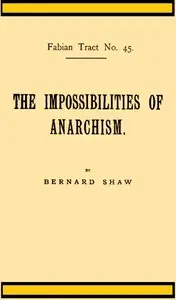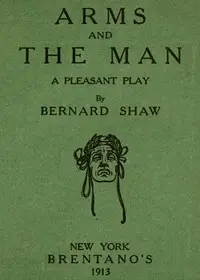"Candida" by Bernard Shaw is a play that looks at love, what society expects from men and women, and taking care of others, all within a home. The story is mostly about Reverend James Morell, a preacher with socialist ideas, his wife Candida, his typist Miss Proserpine Garnett, and Eugene Marchbanks, a young poet. The play looks closely at the tough parts of Morell and Candida's marriage and the disagreements caused by their connections with the other characters. At the beginning, we see the Morell's house in the suburbs and nearby Victoria Park, which have very different vibes. Morell's chat with Proserpine shows he's seen as an important leader, but a bit unaware, when it comes to social issues. When Eugene arrives and shares his feelings for Candida, it creates tension and makes Morell question himself and his power. The first parts of the play focus on how these characters relate to one another, with light conversation that suggests hidden emotions and hints at the problems that will appear when they face their real feelings and beliefs.

Candida
By Bernard Shaw
In a Victorian home, a respected clergyman, his captivating wife, and a passionate young poet find themselves entangled in a web of love and ideals, challenging the very foundation of their beliefs and relationships.
Summary
About the AuthorGeorge Bernard Shaw, known at his insistence as Bernard Shaw, was an Irish playwright, critic, polemicist and political activist. His influence on Western theatre, culture and politics extended from the 1880s to his death and beyond. He wrote more than sixty plays, including major works such as Man and Superman (1902), Pygmalion (1913) and Saint Joan (1923). With a range incorporating both contemporary satire and historical allegory, Shaw became the leading dramatist of his generation, and in 1925 was awarded the Nobel Prize in Literature.
George Bernard Shaw, known at his insistence as Bernard Shaw, was an Irish playwright, critic, polemicist and political activist. His influence on Western theatre, culture and politics extended from the 1880s to his death and beyond. He wrote more than sixty plays, including major works such as Man and Superman (1902), Pygmalion (1913) and Saint Joan (1923). With a range incorporating both contemporary satire and historical allegory, Shaw became the leading dramatist of his generation, and in 1925 was awarded the Nobel Prize in Literature.













